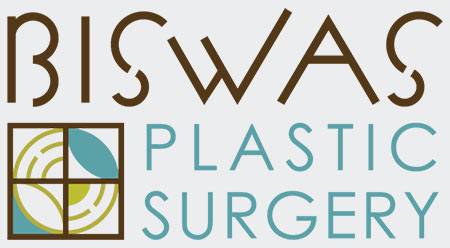Ear Lobe Reconstruction
Earlobe reconstruction is usually performed to restore the normal appearance of torn, damaged, or elongated earlobes as a result of trauma or ear piercings. Keloids causing large unsightly scars on the earlobe are another reason to pursue earlobe reconstruction. The specific reconstructive technique will depend on your particular earlobe deformity, but usually the procedure can be performed in the office and a complimentary ear piercing is provided at six to eight weeks after reconstruction.
If you have any questions or concerns regarding the appearance of your earlobes, don’t hesitate to contact us at Biswas Plastic Surgery to schedule a consultation.





